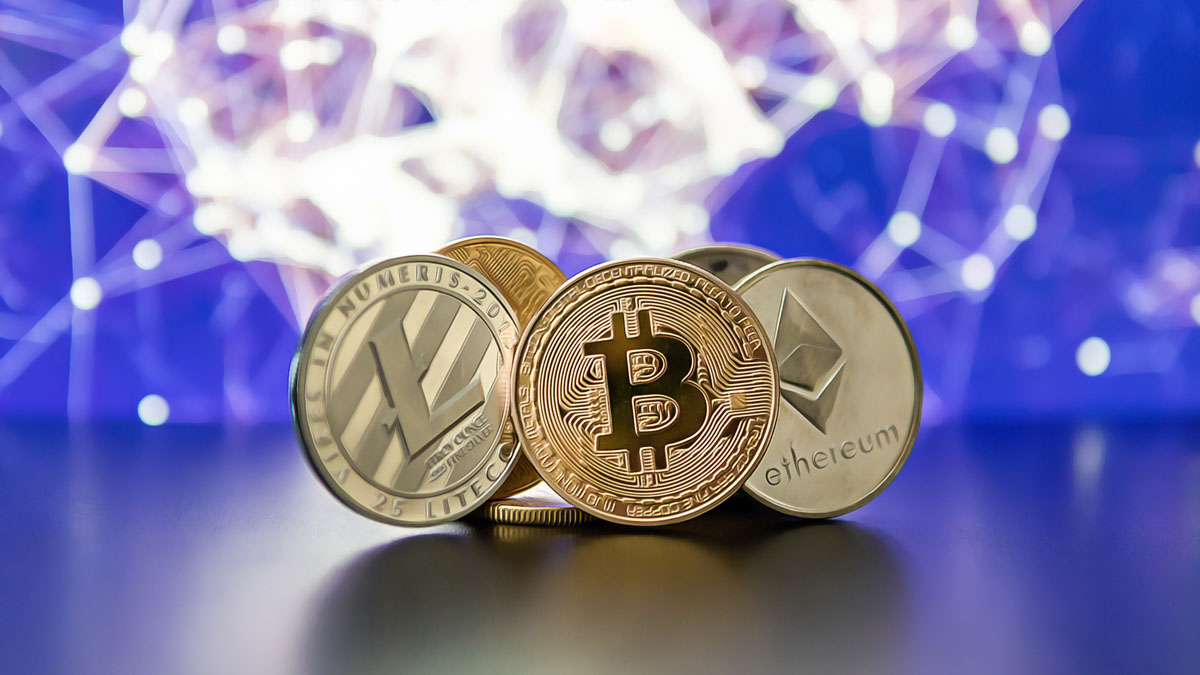Bitcoin, the leading cryptocurrency, has bucked its usual September trend by appreciating 3.26% this month. Traditionally, September ends in losses for Bitcoin, but this year stands out with unexpected gains, drawing attention as the year enters its final quarter.
What Does Technical Analysis Reveal?
Bitcoin’s technical position shows it navigating a steady course between $112,000 and $115,000 after summer’s fluctuations. The 200-day Exponential Moving Average offers crucial support at $106,000. Staying above this benchmark suggests that despite minor downturns, a bullish outlook prevails.
In the face of increased market liquidations last month, Bitcoin maintained its primary support levels. The Relative Strength Index (RSI) staying neutral reflects balanced buying and selling pressures. After a summer of high volume, the stabilization signifies a re-established market equilibrium.
Will History Repeat This Quarter?
Past data hints at strong end-of-year performances, particularly in 2013 and 2020 when similar September gains led to substantial fourth-quarter rallies. A positive September close may hint at another fruitful quarter, given historical trends.
Bitcoin’s historical data underline October to December as the most advantageous months, usually enjoying a 21% average rise. September’s gain might usher in another upswing till the year-end. Critical macroeconomic and regulatory developments will nonetheless affect the wider crypto market’s trajectory, demanding observant market participation.
Key Takeaways:
• Bitcoin saw a 3.26% rise in September, countering the typical negative trend.
• The 200-day EMA remains a robust support at $106,000.
• Historical data suggests a promising fourth quarter after strong Septembers.
“September’s unexpected positive performance reshapes expectations for Bitcoin as 2023 approaches its final chapters,” said the reporting firm.
Disclaimer: The information contained in this article does not constitute investment advice. Investors should be aware that cryptocurrencies carry high volatility and therefore risk, and should conduct their own research.

















 English (US)
English (US)